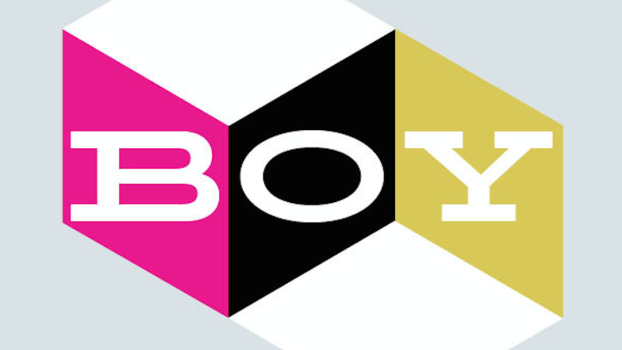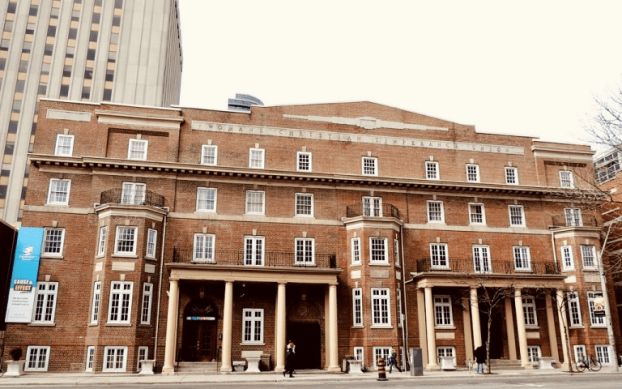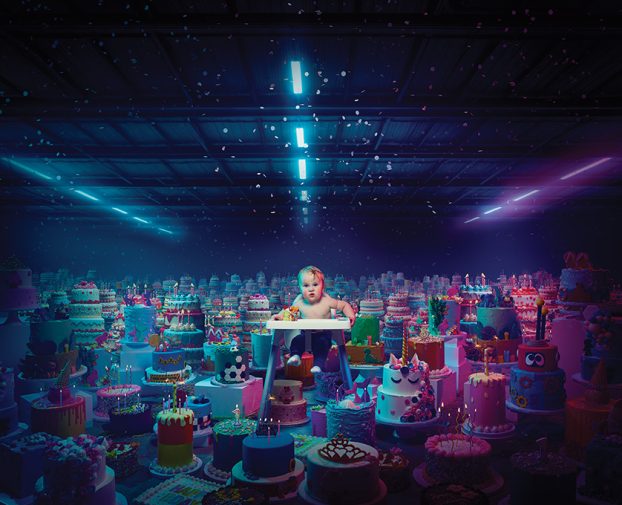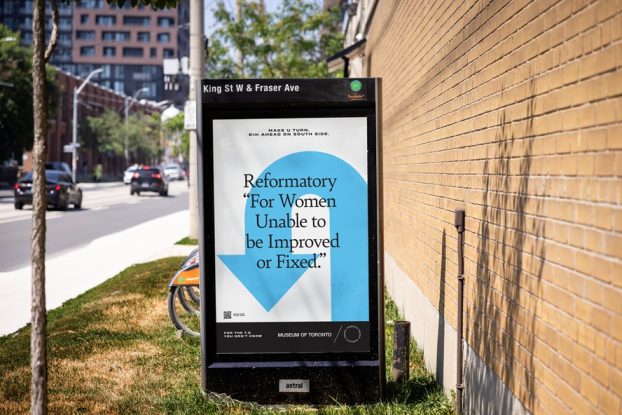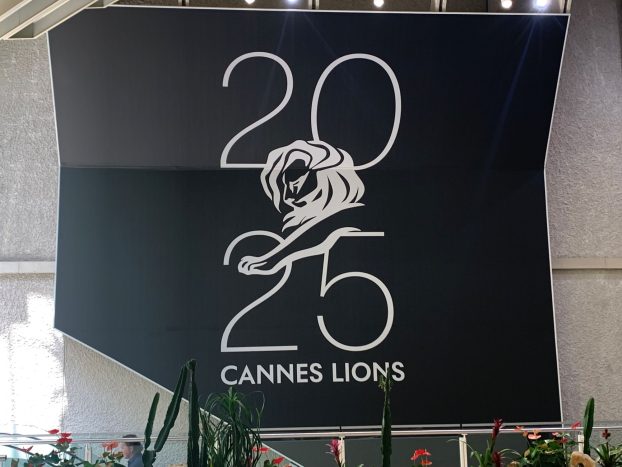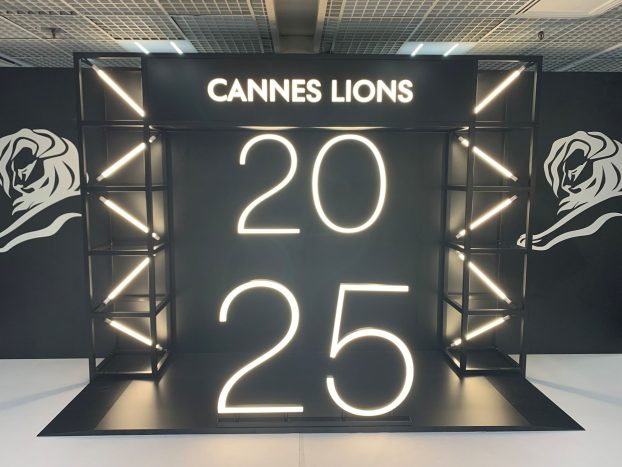
By Will Novosedlik
Ever heard of Dry January? If you haven’t, it may be time to get out from under that rock.
Launched in 2013 by non-profit Alcohol Change UK, Dry January has become a global phenomenon, and it continues to grow. It’s the main time of year in which no or low alcohol brands are most heavily promoted. And brands have been adapting to meet the demand.
Heineken, for instance, recently created what it calls “Heineken Route 0.0.” For three Saturday nights in January, a specially branded Toronto streetcar transports riders through the city’s most notable nightspots with live music from popular DJs and plenty of its no-alcohol drink Heineken 0.0 on board.
A couple weeks before Heineken opened a sober streetcar, Collective Arts Brewery launched Toronto’s first “Sober Speakeasy.” It has been running every Saturday until February 6 in the taproom’s basement level, and features live music served up with the brand’s array of non-alcoholic beers, zero-proof cocktails and sparkling water.
Low-alcohol spritzer brand Wilda, on the other hand, is looking to encourage moderate drinking. It recently partnered with 200 restaurants and bars in Ontario, along with an owned media social campaign that encourages consumers to meet a friend at a local bar or restaurant.
To kick off the campaign, Wilda co-founder Benjamin Leszcz wrote an op-ed in The Globe and Mail arguing that moderate social drinking contributes to healthy social connections and helps stave off loneliness. Leszcz argues that loneliness, not alcohol abuse, is the defining public-health crisis of our time – a health risk equivalent to smoking 15 cigarettes a day and the probability of premature death of 30%.
According to a National Institute of Aging study published this month, 58% of Canadians older than 50 experience loneliness. And nearly a quarter of Gen Z always or often feel lonely. So getting people out to socialize, as the Heineken, Collective Arts and Wilda campaigns are doing, is a smart brand awareness strategy that could also help benefit society.
Johanna Faigelman, cultural anthropologist and founder of customer insights firm HumanBranding, reminds us that there are some very important cultural traditions that go along with drinking. “There are certain rituals that people really hold dear. There’s the notion of the ritual of drinking as a form of conviviality. Then there’s bonding, it’s a part of human social development. So there are lots of opportunities for brands to think about how to take the positive language and cultural symbols and signs of drinking and leverage them while removing the negative ones,” explains Faigelman.
What is the key demographic behind this abstention from, and reduction of, alcohol consumption? Gen Z. “This is a group that is focused on mindfulness and self-improvement,” highlights Faigelman. “They’re really prioritizing self-care and mental health. They want to be mindful about what impact alcohol potentially is having on them so that they can put it in the right place in their lives. The right place might be abstinence, or it might be occasional drinking, but this is all part of a societal lexicon that’s driven by Gen Z social media.”
This is a generation that feels mounting financial and environmental pressures. They’re not about delayed gratification and they’re not about amassing consumer products. Gen Zers know that they may never own a home, and that climate change is probably going to make their lives miserable. In their quest for health and well-being, Gen Zers have no interest in busting their humps 12 hours a day so they can afford a house, a car, a cottage and a fully stocked liquor cabinet. And they certainly have no interest in making alcohol the reward for a hard day’s work in the trenches.
That’s not to say they have no interest in altered states. Cannabis and hallucinogens have stepped in to fill that gap, because they are capable of putting users in a state of relaxation, mindfulness or even spirituality. These are all seen as contributors to mental health, and to their sense of self-control, an attribute that has never been associated with alcohol consumption.
Is alcohol the new cigarette?
In a recent Vox podcast, according to Dr. Timothy Naimi, director of the Canadian Institute for Substance Abuse Research at the University of Victoria, it’s estimated that one drink of alcohol has the same cancer-causing potential as one to two cigarettes. With regards to breast cancer, each additional drink that a woman consumes per day on average can increase the risk of cancer by as much as 10% over her baseline risk for the disease.
Seems the commonly accepted notion that one drink of wine a day can actually be good for your health is nothing more than an urban myth. According to the Canadian Centre on Substance Abuse and Addiction, consuming more than two standard drinks per week is a health risk. If you consume 3-6 per week, you risk developing several types of cancer, including breast and colon. More than six per week, and your risk of heart disease or stroke increases significantly.
And people must be paying attention. Statistics Canada reveals that in March 2023 sales of alcohol slumped for the first time in a decade, down 1.2%. Wine sales decreased by a figure of 4%, the largest decrease ever recorded.
Brands are also paying attention. According to a CNN News report, global sales of non-alcoholic beer have been soaring in recent years as drinkers embrace moderation. Global firm IWSR Drinks Market Analysis predicts that sales of no- and low-alcohol products are expected to grow by 31% in 2024.
The beverage industry is certainly exploding with innovative new low or no-alcohol products, including Ish Cocktails, Opus, Grüvi, Atypique and DRNK. If this keeps up, Dry January may either become a thing of the past or a year-round phenomenon.



